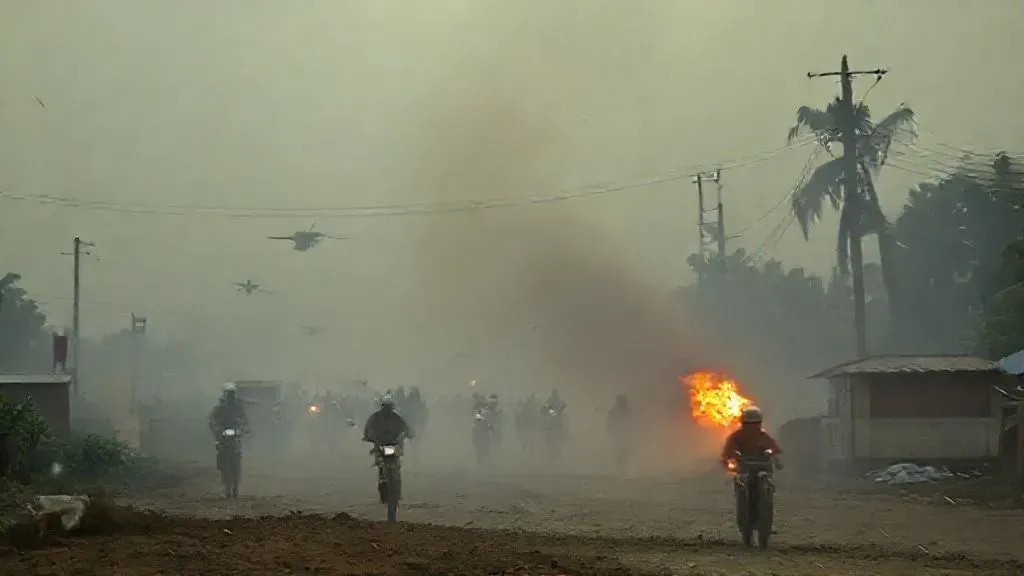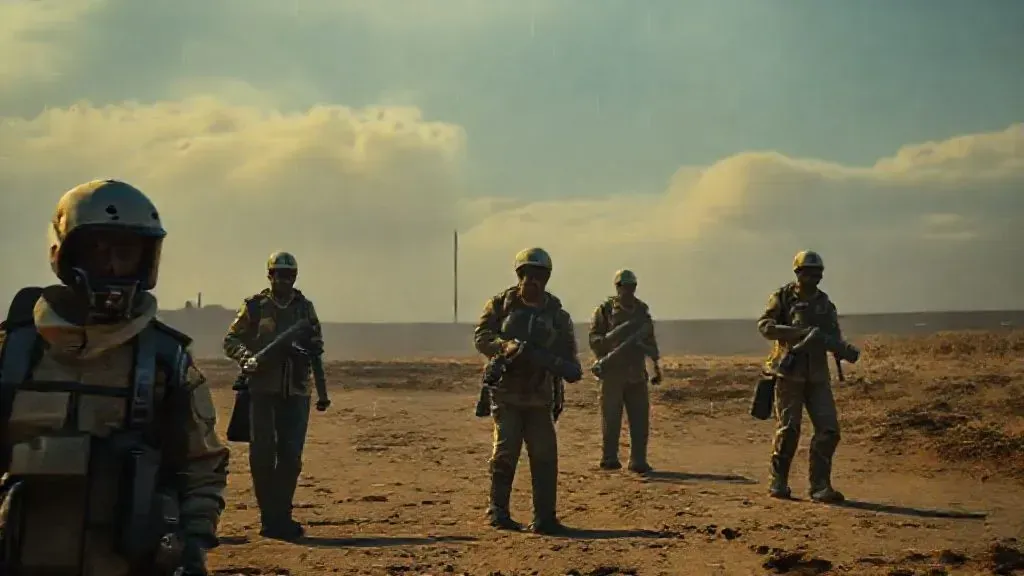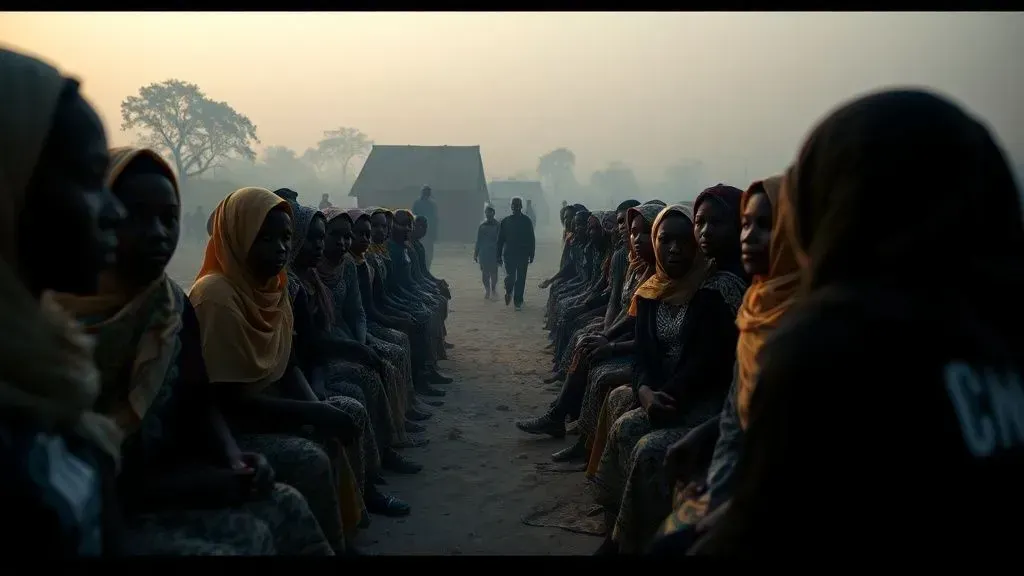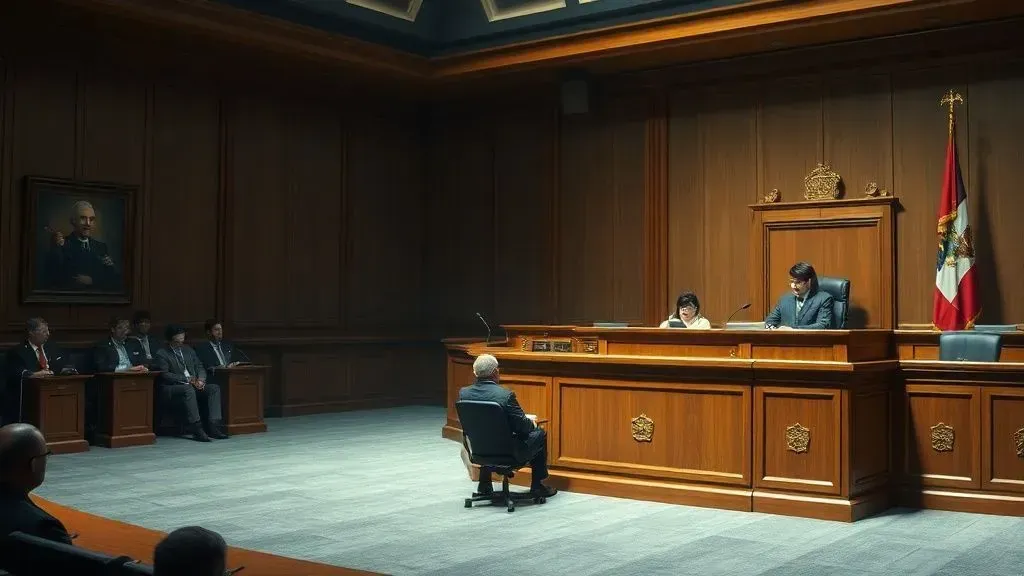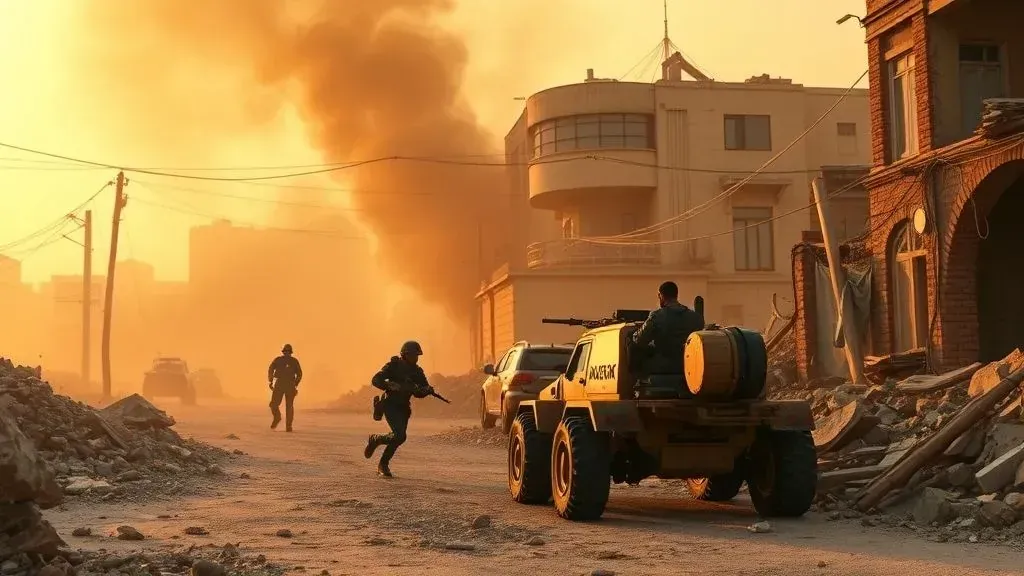
Recent estimates show over 68,000 Palestinian deaths from the conflict, underscoring the urgency for stability. Yet, forming an international stabilization force in Gaza encounters significant barriers. Analysts emphasize that without clear resolutions, the ceasefire risks collapse.
Political Hurdles
Israel claims veto authority over participating countries in the force. This position creates tension with potential allies.
According to US Secretary of State Marco Rubio,
If Hamas refuses to demilitarise, it
ll be a violation of the agreement and that'll have to be enforced.' His statement highlights enforcement challenges.
Hamas has not committed to disarming, complicating deployment plans. A spokesperson called it a
sensitive issue
needing thorough discussion.
Arab states demand progress toward Palestinian statehood before committing troops. Without this, they risk domestic backlash.
Former Israeli ambassador Itamar Rabinovich describes the task as
doable, but very difficult.
He stresses its necessity to avert ongoing conflict.
Security and Mission Concerns
Countries worry about confronting armed Hamas militants in Gaza. Diplomats note reluctance to deploy without mission clarity.
The force must secure borders, distribute aid, and train local police. Yet, rules of engagement remain undefined.
H.A. Hellyer, a senior fellow at the Royal United Services Institute, warns that
no country is going to want to risk their troops
without Hamas cooperation.
Potential participants fear being viewed as occupiers. This perception could undermine the force's legitimacy.
Hamas' recent crackdowns on rivals heighten risks for international troops. Such actions signal ongoing resistance.
Logistical and Participation Issues
Assembling the force may take months, per expert assessments. Delays allow threats to reemerge.
The US excludes its own soldiers but seeks contributions from Egypt, Indonesia, and Gulf nations. Responses have been cautious.
A proposed dual-force structure includes border security and internal operations. Coordination between them poses challenges.
Training Palestinian Authority forces in Egypt and Jordan offers a solution. However, scaling to thousands requires time and resources.
Israel opposes certain participants like Turkey. This veto limits the pool of willing countries.
Equipment and Deployment Needs
The force needs mobility and precise firepower for Gaza's rubble-filled environment. Heavy equipment might hinder operations.
Robots for tunnels and armored vehicles could enhance safety. Proven technologies exist but demand careful selection.
Path Forward and Implications
A UN mandate could legitimize the force. Without it, deployment faces legal hurdles.
European countries suggest including police observers. This approach might ease tensions.
Experts like Assaf Orion note Israel prefers preemptive actions against threats. This mindset influences force dynamics.
Addressing Palestinian exclusion in planning is crucial. Inclusion builds trust and effectiveness.
These challenges underscore the need for diplomatic breakthroughs in Gaza's stabilization. Resolving them paves the way for reconstruction and peace.
